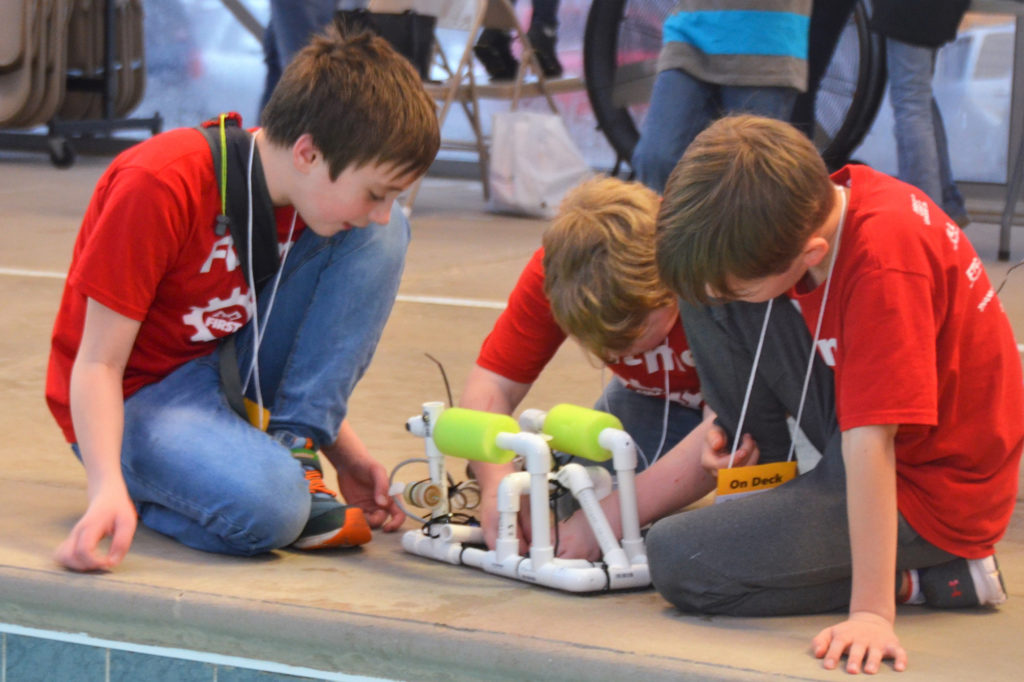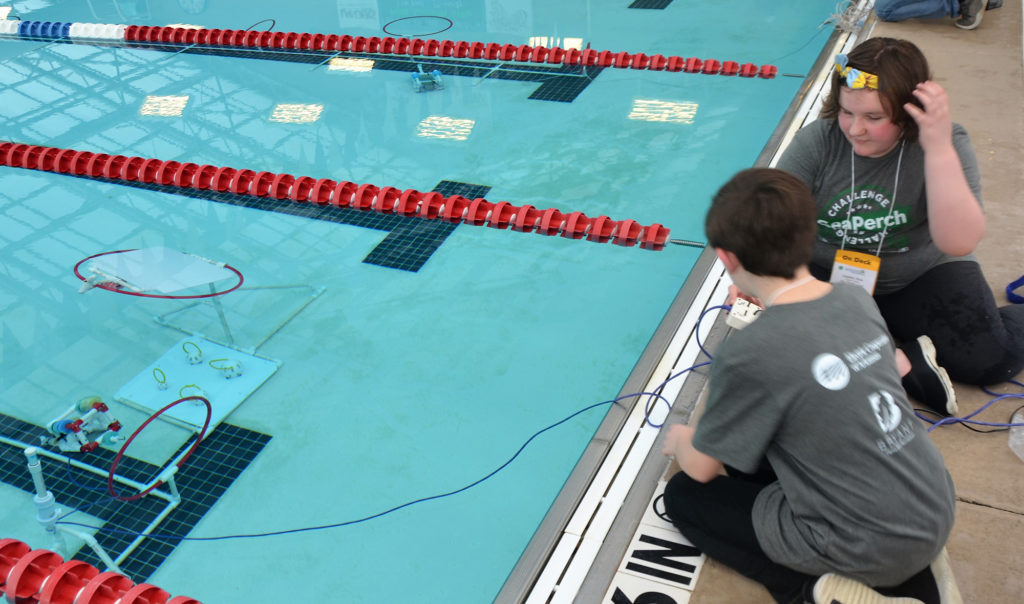
Arkansas students are drawing inspiration from news headlines to harness science, technology, engineering and math concepts as problem-solving tools with help from the state’s electric cooperatives.
“We’re working to get robotics development kits into the hands of student groups across Arkansas,” said Rob Roedel, director of communications for the G&T, Arkansas Electric Cooperative Corp., and the statewide association, Arkansas Electric Cooperative Inc.
Arkansas’ electric co-ops, their G&T and statewide association have partnered with the University of Arkansas Cooperative Extension Service to support STEM programs in co-op-served communities.
The students are taking part in SeaPerch Challenge events, building and maneuvering underwater remote operating vehicles. In preparation for the competitions, students learn about ROV design, propulsion, electronic circuitry, depth measurement and buoyancy. The program also demonstrates how physics, advanced math and engineering can expose participants to career options.
“The SeaPerch program teaches critical thinking skills, teamwork and the engineering design process with real-world applications,” said Brad McGinley, Grant County extension staff chair for the University of Arkansas System, Division of Agriculture. “We are developing some future engineers.”
The scenario for the 2019 preliminary competitions is based on a search and rescue mission that occurred last summer in Thailand. Twelve boys and their soccer coach were located more than a week after being trapped inside a cave flooded by monsoon rains. They were rescued a week later in a mission that led to the death of an experienced diver who was involved in the search and rescue.
Twenty-eight teams from 16 counties have participated in local and regional meets in Arkansas this school year, and at least 150 middle schoolers and high schoolers have taken part, said Roedel. Several agriculture extension service agents have been involved as local sponsors.

Participating teams maneuver their underwater drones through a series of obstacles and attempt to retrieve items from the pool or tank floors.
Local and state SeaPerch events lead up to the National SeaPerch Challenge, supported by the U.S. Navy and national marine engineering organizations, as part of their educational outreach efforts.
The ROVs are made with PVC pipe, small electric motors, pool flotation materials and basic electronic circuitry. Co-ops working with the statewide association have provided a few dozen kits since the program was launched last autumn, but now some school systems are producing their own.
“These types of science and technology-based programs will benefit children in the future,” said Roedel. “They offer young people who may not be traditional learners opportunities to learn skills and solve problems, and adapt the vehicles to perform tasks.”
While many school systems don’t have aquatic facilities, some of the teams have turned to local hotels to gain access to swimming pools, said Roedel. “It’s creating some unique partnerships in co-op-served communities. We hope to expand the program to all 75 counties in the state, offering regional meets leading up to a statewide competition in Little Rock.”
Derrill Holly is a staff writer at NRECA.